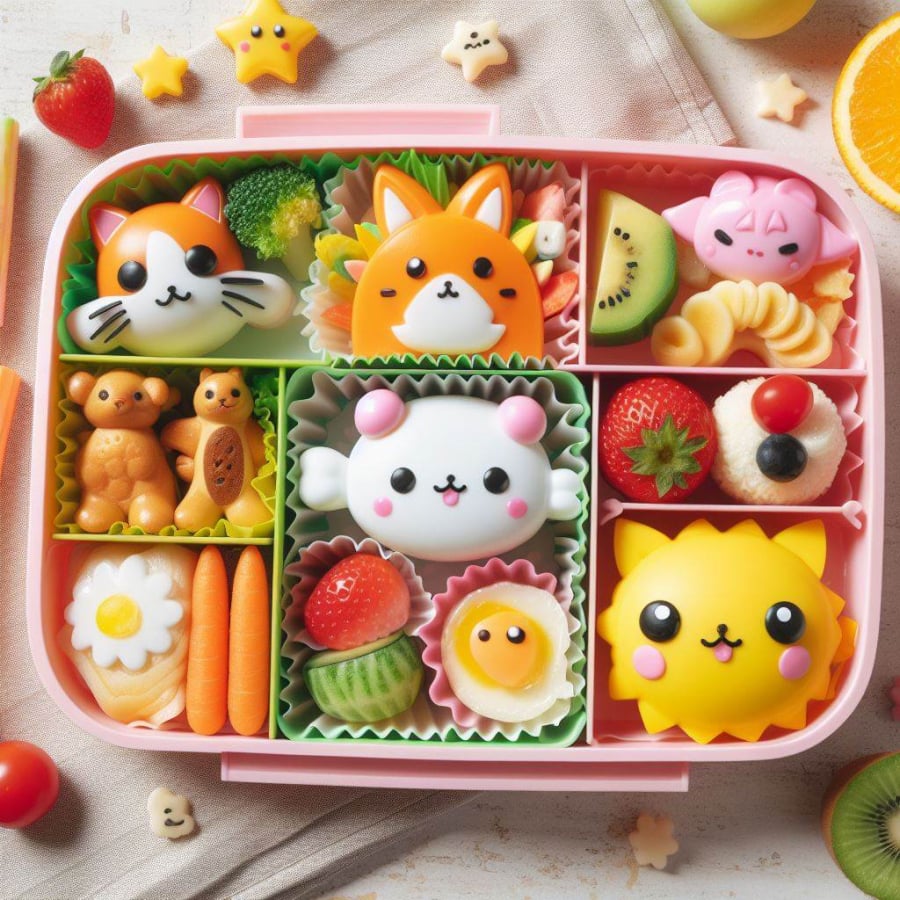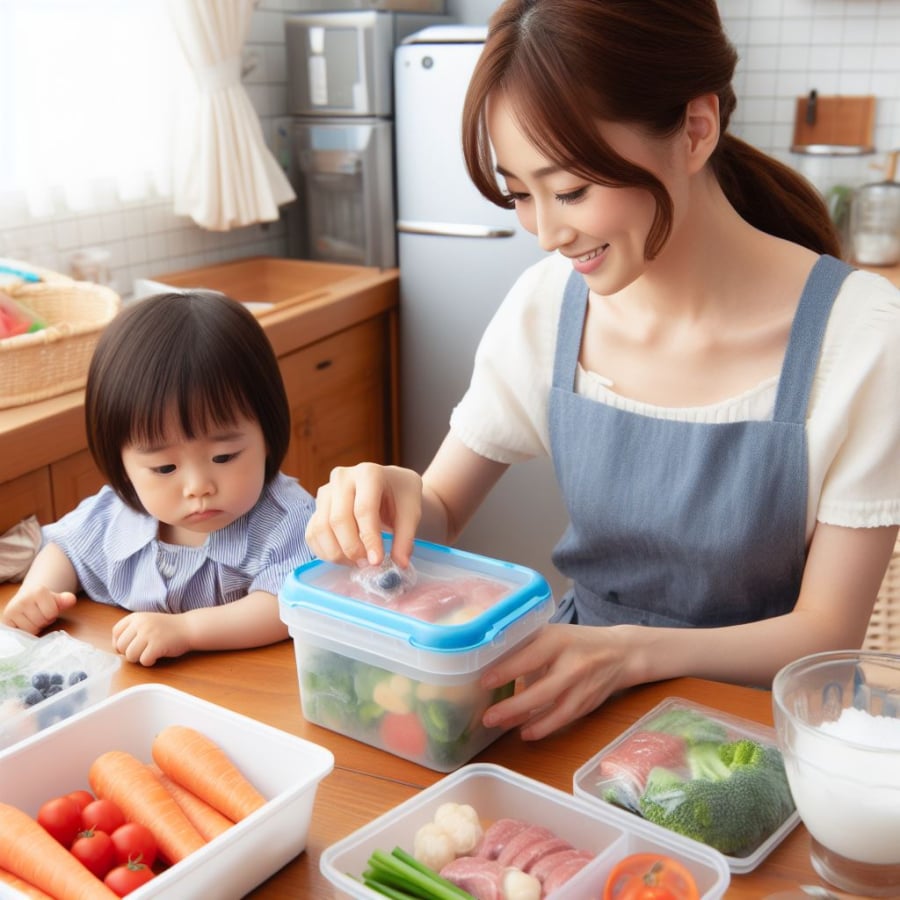In 1896, Sagen Ishizuka, a Japanese pharmacologist and medical pioneer, founded the philosophy of “Shokuiku,” derived from two Japanese words meaning “eating” and “education.”
The Shokuiku philosophy emphasizes the importance of parents and schools educating children about the origins of food and its impact on both the mind and body. This idea has become an integral part of Japanese culture, contributing to the country’s reputation for having some of the healthiest children worldwide.
According to UNICEF, among 41 developed countries in the EU and OECD, Japan stands out as the nation with less than 20% of children being overweight.
Yuko Tamura, a translator, chief editor of Japonica, and regular contributor to The Japan Times, is also a mother raising her child in Japan. Through her personal experience, she discovered four distinct differences in parenting approaches between Japanese and many other parts of the world when it comes to food and nutrition.
The following are characteristic actions that parents in Japan take to instill healthy eating habits and encourage curiosity in food exploration among children:
Japanese children are educated early on according to the principles of shokuiku

Japanese children are introduced to the concepts of shokuiku at an early age.
Doctors in Japan often recommend that pregnant women pay special attention to maintaining a balanced diet, commonly referred to as “ichijū-sansai.” This type of meal consists of rice, miso soup, along with a source of protein and vegetables (including seaweed or mushrooms), providing a complete range of vitamins, minerals, and fiber.
As children grow older, they gradually learn about the benefits of a balanced and healthy diet. By 2005, the Japanese government passed a law to encourage people to pay more attention to shokuiku.
Some preschools in Japan have integrated vegetable-picking activities on their premises to add to the children’s lunch. During elementary school education, they are taken to explore farms, fish ponds, and learn about various food groups.
Children are encouraged to discuss their bento box lunches

Japanese children are encouraged to discuss their bento box lunches.
In Japan, over 95% of elementary and junior high schools provide lunch for students, with meals designed by nutritionists and served by the students themselves.
While many preschools also offer lunch, bringing a bento box from home can be a great way to promote Shokuiku nutritional education.
At Yuko Tamura’s daughter’s kindergarten, teachers encourage students to talk about the contents of their bento boxes. This makes lunch not only more appealing but also creates an opportunity for children to try new foods and share their personal tastes and preferences with their peers.
Ms. Tamura’s daughter’s bento box typically includes rice mixed with sweet potato, hamburger, sausage, broccoli, cherry tomatoes, an omelet, pineapple, and barley tea—a balanced mix of meat, vegetables, and seasonal fruits, low in fat and additives, ensuring sufficient nutrition for the child.
Japanese mothers are generally very mindful of their children’s diets, so bento boxes are often prepared with fresh ingredients such as fish, corn, green vegetables, eggs, miso soup, milk, and similar products.
Mothers cook and freeze a variety of foods for convenience

Yuko Tamura discovered a convenient way to simplify her daily cooking routine by pickling vegetables and freezing various foods.
Yuko Tamura discovered a convenient way to simplify her daily cooking routine by pickling vegetables and freezing various foods in advance.
When her daughter was attending kindergarten, she initially struggled to comply with the school’s regulations regarding restricted foods high in sugar and fat, such as french fries and cookies, as well as caffeinated products.
However, she found a solution by preparing and storing pre-portioned meals, ensuring her daughter received nutritious meals without spending excessive time on preparation, even when fresh ingredients were not readily available at home.
Children are encouraged to drink water or tea instead of sugary drinks
While Yuko Tamura doesn’t restrict her daughter from drinking juice or occasionally enjoying a yogurt drink, she prioritizes offering water and unsweetened, caffeine-free teas like barley tea—a common and healthy choice in Japan for all ages. This is in contrast to the preference for sugary, carbonated drinks and bottled teas in many other countries.
Additionally, to foster healthy eating habits, Yuko often makes smoothies with fresh fruit and yogurt together with her daughter. During this process, she emphasizes the origin and creation of the fruits, thereby educating her daughter about the importance of a balanced diet and food knowledge. These lessons are expected to form the foundation for her daughter’s future healthy eating habits.
Why Do Duck Eggs Have White and Blue Shells? Which One is Better?
When purchasing duck eggs, you’ll notice two distinct varieties: those with green shells and those with white shells. It’s only natural to wonder why this difference exists and which type is superior. So, which one should you opt for? Are green-shelled duck eggs better, or do their white-shelled counterparts hold more nutritional value?



































